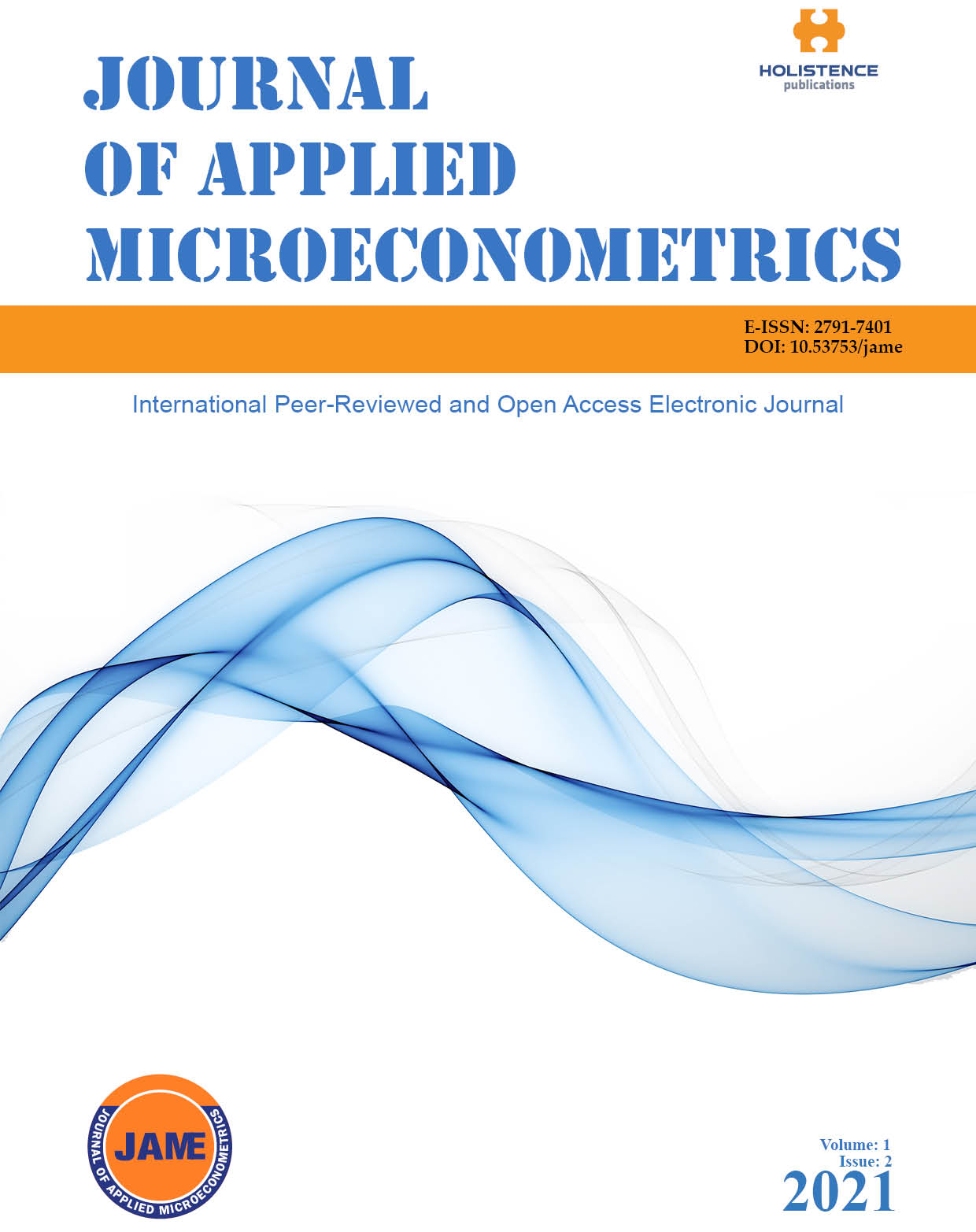
Journal of Applied Microeconometrics
Yazarlar: Hilal Bağlıtaş
Konular:-
DOI:10.53753/jame.1.2.02
Anahtar Kelimeler:Wage inequality,Labor productivity,Sustainable development,Panel analysis
Özet: With the acceleration of globalization, “Reducing Inequalities”, which is the 10th of the sustainable development goals, has started to attract more attention in the world. Many factors lead to inequality. Therefore, inequality requires consensus and strength at the interdisciplinary, local, national, and international levels. The leading indicator of inequality is income inequality. Its measurability and widespread impact are sources of its importance and priority. Unfair income distribution might have unfavorable effects on employees such as being more reluctant to work and the well-being of workers. In addition, if workers believe they earn less than they deserve, this might negatively affect the labor productivity. Ultimately, this process may cause countries to reduce their production output.